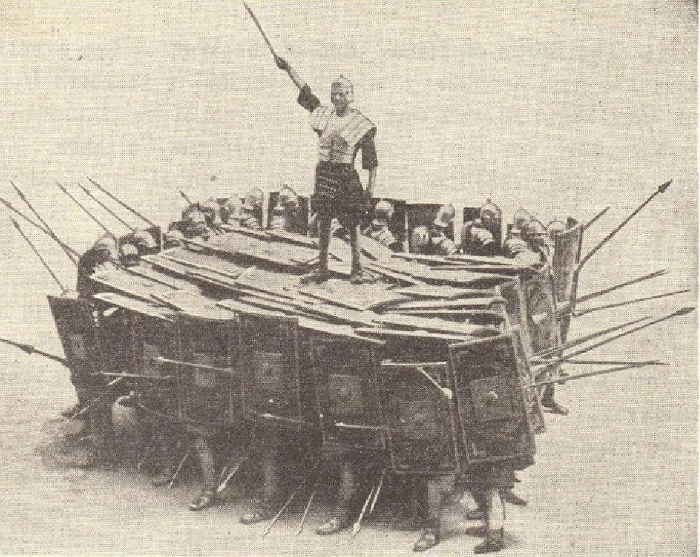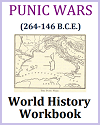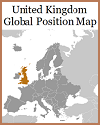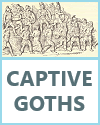| Ancient Roman Army Tortoise Formation |
|---|
| www.studenthandouts.com ↣ World History ↣ Ancient Rome ↣ Ancient Rome Maps & Pictures |
|
The tortoise formation, the ancient forerunner of the modern tank. Posed by English guardsmen acting the part of Roman soldiers. When fortifications were attacked, the heavy-armed soldiers held their shields arranged in a formation known as the testudo, or tortoise, for protection from hostile weapons. Click here to enlarge.
The "tortoise formation," also known as the testudo formation in Latin, was a military tactic employed by the ancient Roman legions. This formation had several benefits for the Roman military.  Protection from Missiles: The tortoise formation was particularly effective at providing protection from enemy missile attacks, such as arrows and javelins. Soldiers in the formation would hold their shields overhead and in front, creating a shielded shell that made it difficult for projectiles to penetrate. This protected the soldiers from both infantry and archers.
Protection from Missiles: The tortoise formation was particularly effective at providing protection from enemy missile attacks, such as arrows and javelins. Soldiers in the formation would hold their shields overhead and in front, creating a shielded shell that made it difficult for projectiles to penetrate. This protected the soldiers from both infantry and archers.
Advancement Under Fire: The testudo allowed Roman soldiers to advance toward fortified positions or enemy lines even while under a hail of arrows or other projectiles. This was crucial for sieges and assaults on fortified positions. Versatility: The formation was adaptable and could be used in various tactical situations. It was not only effective in defensive situations but could also be used offensively, especially when the Romans needed to advance or breach enemy defenses. Shield Coordination: The testudo required precise coordination among the soldiers, as they had to position their shields in a way that covered both the front and top of the formation. This coordination was a testament to the discipline and training of the Roman legions. Obstacle Clearance: The formation allowed Roman soldiers to move in unison and clear obstacles in their path, such as stakes or barricades. The shields could be used to push away or protect against obstacles while the formation moved forward. Psychological Impact: The sight of Roman soldiers moving in a tortoise formation, impervious to enemy projectiles, could have a demoralizing effect on the opposing forces. It demonstrated the discipline, organization, and determination of the Roman legions. Operational Success: The tortoise formation contributed to the overall success of Roman military campaigns, especially during sieges and battles where missile attacks were prevalent. It is important to note that while the tortoise formation had its advantages, it was not suitable for all situations. It limited the soldiers' ability to see and engage the enemy directly, so it was primarily used when protection from missile attacks was of paramount importance. In open battles or when a more flexible formation was required, the Romans would use other tactics. The effectiveness of the tortoise formation was a testament to the Roman army's training, discipline, and adaptability, which were key factors in the success of the Roman Empire. |
 |  |  |  |  |  |
| Ancient Rome Books and Films | Ancient Rome Outlines and PowerPoints |
| Ancient Rome Maps and Pictures | Ancient Rome Study Games |
| Ancient Rome Miscellany | Ancient Rome Worksheets |
| www.studenthandouts.com ↣ World History ↣ Ancient Rome ↣ Ancient Rome Maps & Pictures |








